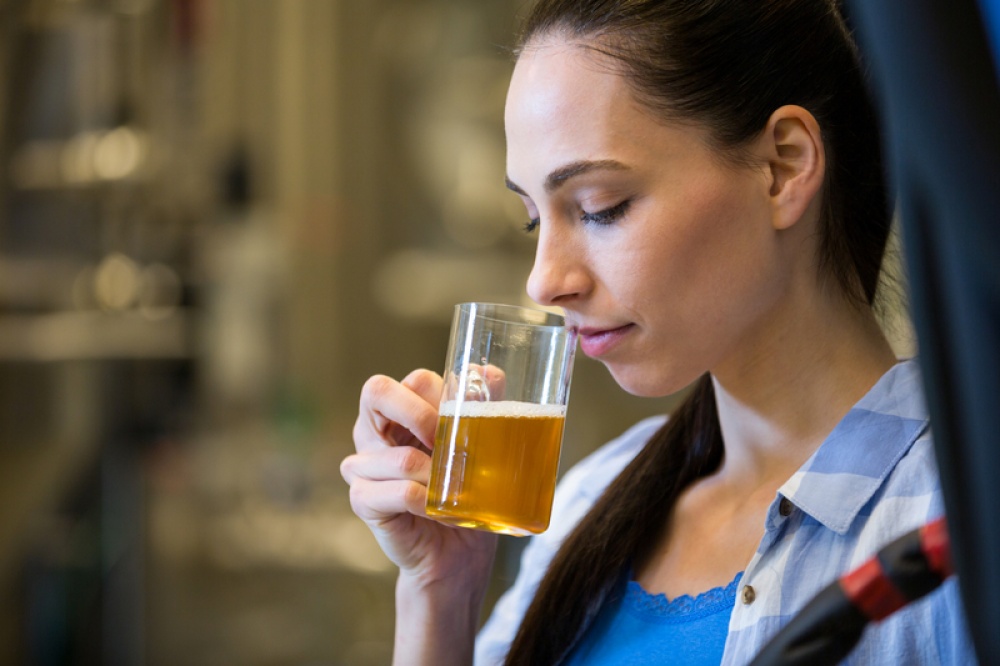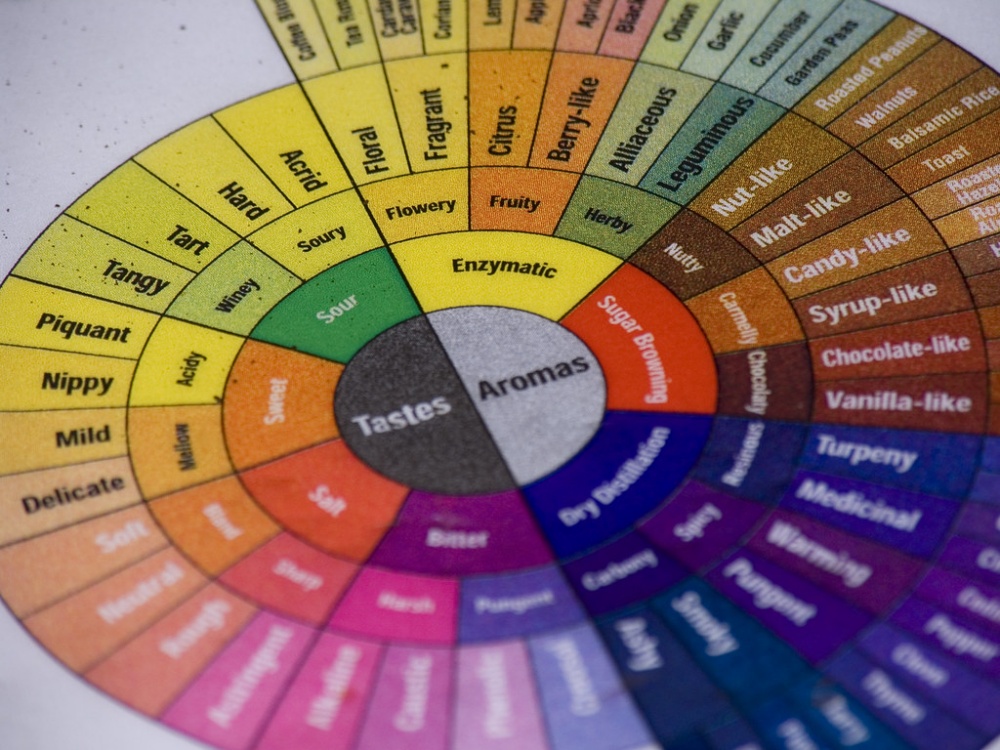Beverage Tasting: A Guide to Sensory Analysis & Evaluation

When you create a beverage, you are crafting a sensory experience for your customers. While our senses of sight, sound, taste, hearing, and touch seem subjective, they can be measured by applying specific methods, techniques, and controls. Sensory testing is a powerful tool for building a successful beverage. As with any tool, the more you understand how it works, the better you can implement it and use the results to improve your product.
What Is Sensory Analysis?
Sensory analysis, or sensory evaluation, pairs a scientific process to how the human senses evaluate consumer products. It moves us from subjectively describing how a beverage looks, smells, tastes, sounds, and feels, to objectively measuring, quantifying, and analyzing its qualities. Beverage creators can implement sensory analysis at various stages in developing and scaling their product to improve decision making and increase the probability of success.
Sensory Evaluation for Product Development
During formulation, sensory evaluation facilitates communication between the beverage creator and supply partners to make the process faster and easier. Using common language to describe flavor profiles and textures helps you reach your desired formulation more efficiently. If you want to create a specific flavor of strawberry seltzer, you’ll have more success using terms like “sweet strawberry with green notes” versus just “strawberry.”
Get in Touch With a Beverage Specialist Now
Building Lexicon
A trained descriptive flavor analysis panel can use words to precisely describe the flavor of a sample. But even someone without formal training can start to familiarize themselves with the lexicon, or a set of standardized vocabulary for the sensory attributes of a product. Depending on the type of beverage, there may be an  established lexicon to reference. For example, Dr. Morten Meilgaard’s beer flavor wheel outlines and organizes the flavor terminology of beer.
established lexicon to reference. For example, Dr. Morten Meilgaard’s beer flavor wheel outlines and organizes the flavor terminology of beer.
To prepare yourself to work with a flavorist, you can build your flavor lexicon by learning and practicing using new words to describe aroma and taste. You can even purchase sensory training kits to help you discover what “green” or “diacetyl” smell like or what “umami” tastes like. Find a product with a flavor you like as a reference so your flavorist can break it down and help find the match. It’s also helpful to call out products you don’t like and try to describe what you don’t like about that flavor. Practice makes perfect.
Tips for Taste Testing Your Beverage
Whoever is tasting your beverage should do so in a controlled, neutral environment. You want to avoid distractions by eliminating anything that could interfere with your panelists’ ability to focus on your product. Always pour your sample into a clean glass. Tasters shouldn’t eat food for an hour before doing a sensory analysis. Between tastings, you can clean your palate with water and unsalted saltines. Remember that coffee paralyzes your tastebuds for an hour after you drink it.
Using Sensory Analysis to Build Beverage Quality
After the product development phase, sensory testing can provide answers to help you better understand, perfect, and market your beverage. Sensory data from experts and consumers helps effectively describe and compare your product to others on the market. Preference testing with descriptors can be a valuable tool for developing and dialing in marketing messages that resonate with consumers. Sensory data is also involved in shelf-life studies, packaging studies, claim substantiation, and addressing any ongoing quality issues or concerns.
Just About Right Testing
One popular sensory analysis is Just About Right Testing that blends expert analysis with consumer feedback. In a Just About Right test, trained testers will analyze a product and identify its major attributes. Those attributes are then provided to a population of consumers who are asked to rate the beverage for each characteristic (for example, sweetness) as too high, too low, or just about right. The result is a set of both descriptive and analytical data that can be used to further develop or better market your beverage. This type of testing is popular for innovative products that don’t have well-developed or established flavor charts and profiles.
The Triangle Test
Another sensory evaluation that is often implemented by growing beverage companies is the triangle test, which allows a consumer to blindly identify any differences between samples. During a triangle test, panelists are presented with three samples, one that is different, and two that are alike. The panelists are asked to identify the sample that is different and record their answer. This type of test can be used during shelf-life testing to determine if there are identifiable differences in the product over time. It can also be used to ensure consistency between production runs.
Delivering The Data You Need
Sensory analysis is the process of applying scientific methods and standards to something that would otherwise require guesswork. Whether you’re developing or reformulating your product, dialing in your marketing and positioning, or addressing or preventing quality issues, a well-designed sensory evaluation builds reliable data for making decisions and moving your beverage forward. There are a million ways to conduct a sensory evaluation. The key is finding the best method for your product, panel, time, and budget.
Are you interested in exploring sensory analysis for your beverage? Learn more about our sensory and quality testing services and how we can help.

Suggested Sensory Resources
If you’re looking to grow your understanding of sensory analysis, here are some helpful resources to get you started:
Becoming A Food Scientist - valuable information on literature research, project planning, and critical thinking.
Laboratory Exercises for Sensory Evaluation - time-tested set of lab exercises that illustrate the common sensory tests and/or sensory principles used in evaluation of foods, beverages and consumer products
Sensory Evaluation of Food- serves as an overarching technical manual and resource for practicing food and drink technologists and sensory scientists
 By
By 